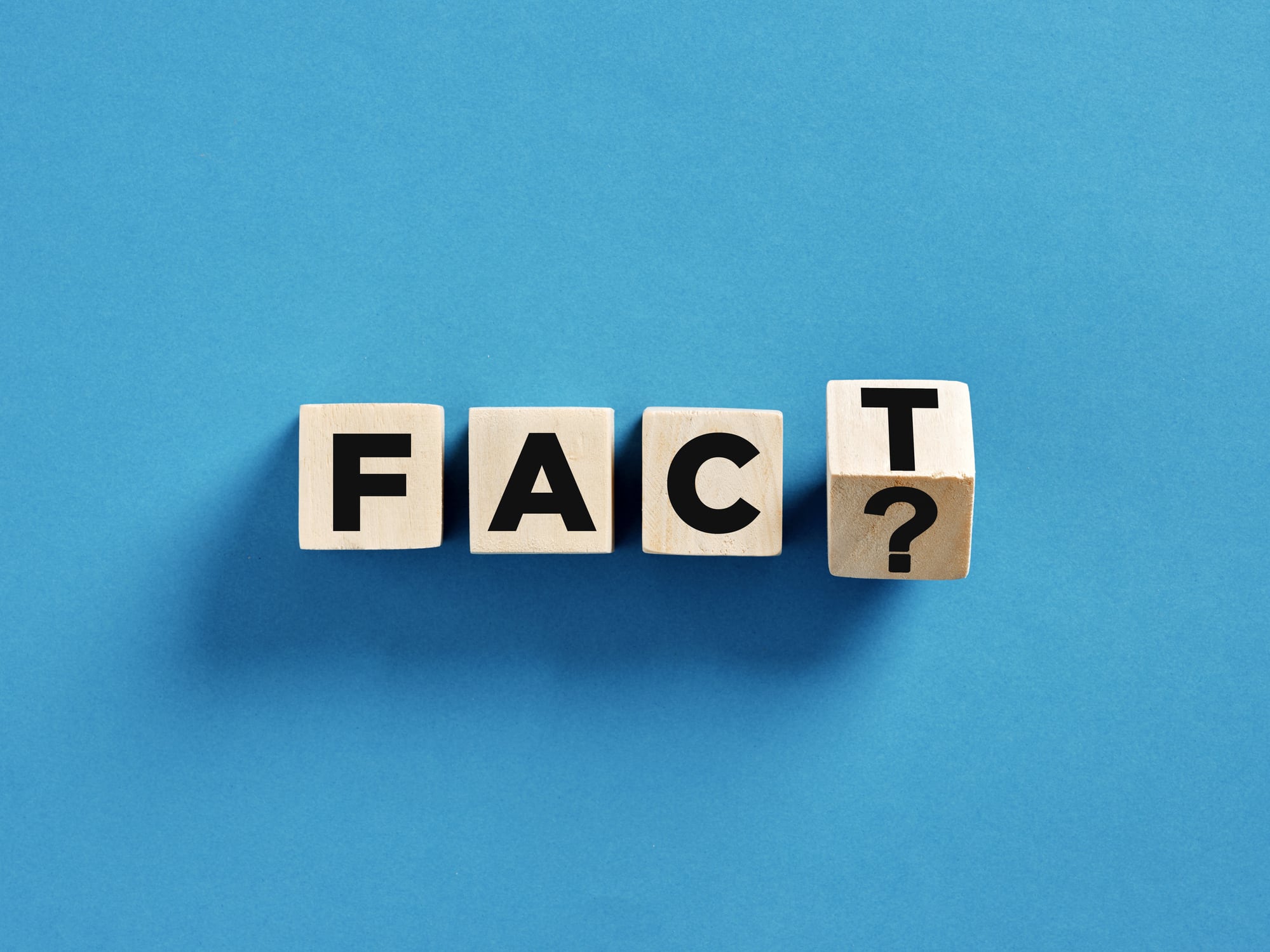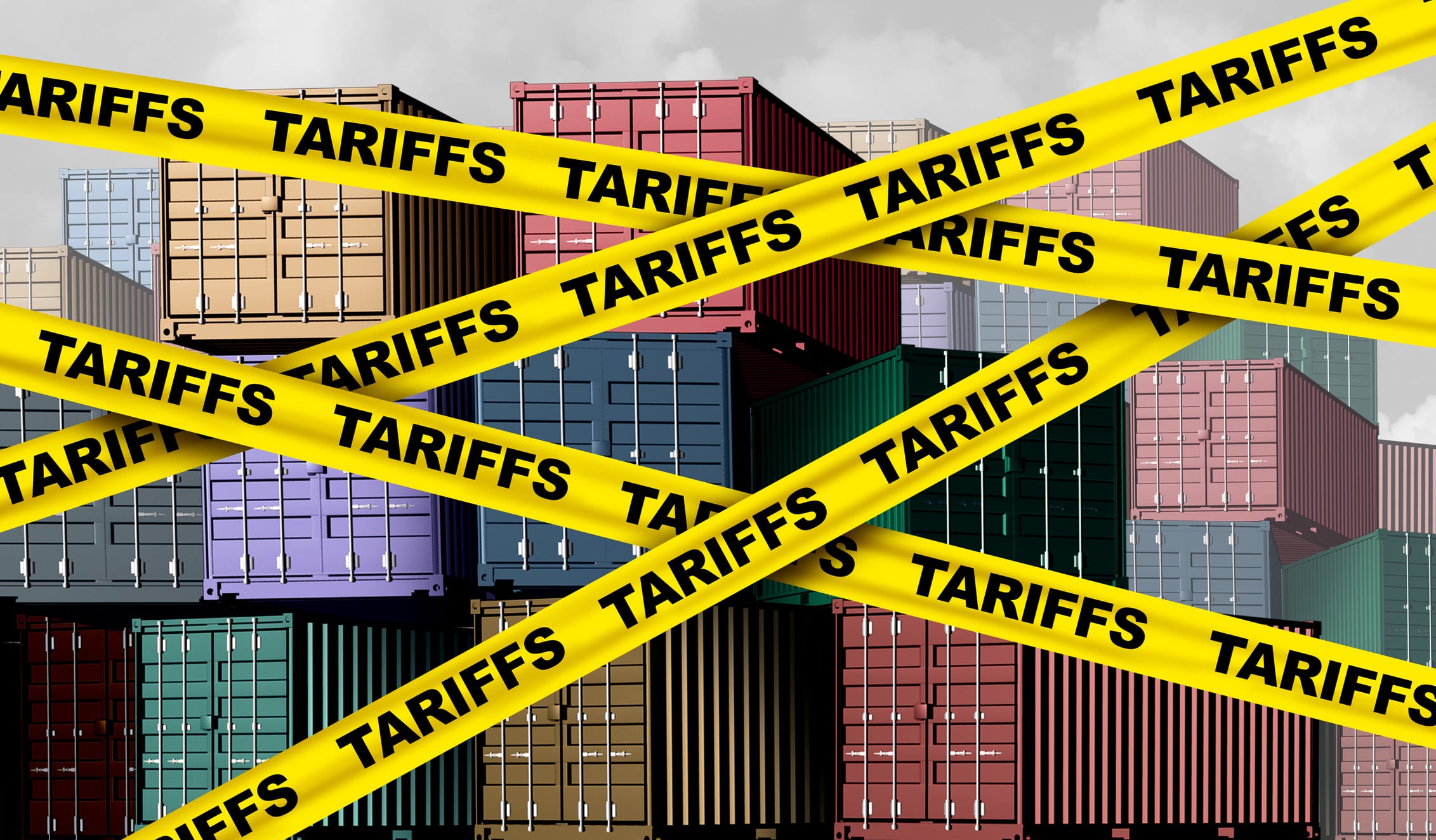Why does food fraud deserve its own name? Surely if there’s #foodfraud, there should also be #sockfraud and #shampoofraud?
The truth is that food isn’t the exemption, fraud is a business risk in almost any industry, but what sets food apart is that not only does everyone consume food, but it’s emotive. Consumers have a rightful expectation that it is what it says on the pack. A media exposé can destroy a brand’s reputation, as those who enjoyed a Findus lasagna before the 2011 horsemeat scandal will recall.
In the past, perpetrators have seen the food industry as a relatively attractive target. Food frauds can be easy to perform, difficult to detect, and until recently there has been a history of weak control systems with few successful prosecutions and low penalties for those found guilty.
Fraud can also introduce safety risks. The health risks of adulterating paprika with a carcinogenic dye or of re-dating unfit meat are obvious. But even in ‘benign’ frauds, such as mislabelling conventional apples as ‘organic’, it is unlikely that a strong food safety management system will ever be at the top of any fraudster’s agenda.
Any business, from the biggest multinational to the smallest artisan kitchen, can be a victim of fraud – and it has a big price tag, with Lockton and Campden’s ‘Combatting fraud in the global supply chain’ 2024 report estimating it costs the global food industry $USD 10-40 billion per year.
What are the most adulterated foods?
Fraud incidents are notoriously difficult to count. They are often not reported and when they are, the root cause is not in the public domain – there is no indication whether it’s deliberate fraud or an honest mistake.
There are some very good subscription databases that collate reports and draw trends. Each has a different purpose, uses different sources, different analytical logic and tends to draw different conclusions. The Food Authenticity Network, a free open access website, aggregates high-level trends from three of the leading databases. The ‘usual suspects’ (aka most adulterated foods) have been consistently at the top of the hitlist for many years.
The five most adulterated foods
- Seafood: Typically substituting a cheaper species of fish or shellfish in a restaurant or in processed food.
- Honey: Frauds range from feeding bees with syrup during the harvest season to falsifying the country of origin.
- Dairy: A broad category - dilution of milk is still common in rural economies, but in the UK more pertinent risks are low dairy content in cheese or adulteration of powdered dairy products.
- Herbs and spices: Dried, powdered or rubbed spices have been prone to adulteration since the first recorded trade in food, most recently with last years’ discovery of lead chromate colouring in major cinnamon supply into the US.
- Meat and poultry: Species substitution is still a threat, as is below-quality meat (excess fat, gristle) in processed products and the slaughtering of meat in unlicensed premises.
Other specific foods which are regularly adulterated include olive oil, palm oil and ground coffee. There is also concern that the current high price of cocoa might drive adulteration.
Thinking beyond adulteration
Adulteration is an easy fraud to envisage but it is by no means the only food fraud. Almost any food can be misrepresented; whether as organic, Halal, Fairtrade, or from a specific country of origin. Fraud also encompasses a range of other criminality from sophisticated counterfeiting, to falsified documents, to shaving a percentage off the pack weight. It’s worth nothing, that there is a current UK-wide warning about falsified certificates of analysis of food ingredients. Sale of stolen goods also falls within scope.
At its most basic level, the fraud hazard you are trying to predict and prevent is not the toxic dye in the turmeric, it is the person who decided to put it there. In that respect it makes little difference what the food is or what its history of adulteration is.
Supply-and-demand pressures are important and often drive the motivation, but the ‘hazard’ is a person. Factors that drive the risk therefore include their corporate culture (normalisation of minor transgressions), pressure to fulfil commercial orders, lack of oversight, financial gain, opportunity, the chances of getting caught, and the penalty on getting caught.
These drivers can also apply to your own employees, with non-profit food integrity membership organisation SSAFE estimating that 50% of all frauds are committed by an employee.
So…what can you do about it?
The ideal defence against fraud is to prevent rather than detect.
There is well-established good practice which is signposted on the Food Authenticity Network website. A useful starting point is food manufacturing certification schemes such as BRCGS. Even if you are not a certified site you can purchase the standard, read the requirements, and adopt the same principles.
Fraud prevention principles are based around an Enterprise Risk Management framework; the ‘Plan-Do-Check-Act’ cycle familiar to anyone with ISO-accreditation. Central tenets include:
- Policies and procedures: This should include formal procedures for whistleblowing, supplier and ingredient approval, specifications of what genuine goods should look like and investigation procedures if goods do not meet specification. Sanctions for fraud and investigation rights (e.g. a right to audit) should be written into commercial contracts.
- Training and communication: Fraud defence is a cross-business activity and needs good collaboration between technical, purchasing, legal and HR teams. Some of your team will need specialist training, such as in vulnerability assessments. Communicating your strategy with suppliers shows transparency and can also act as a deterrent.
- Vulnerability assessments and supply chain mapping.
- Horizon scanning: This is the area where ‘most adulterated foods’ comes into play but there is more to it than that - you need to decide whether a global risk equates to a risk in your own supply chain.
- Testing, inspection and audit.
It is often common sense. Rather than a question of ‘what are the most adulterated foods?’. Better questions to ask could be ‘Why can supplier A can get this ingredient when nobody else can for love nor money?’ or ‘Why is supplier B so cheap?’.
John Points is the technical director for the Food Authenticity Network and is writing here in his own opinion.




